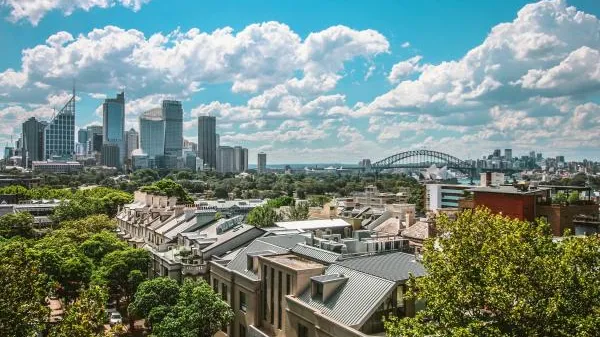
Sydney’s sublease offices down 8% in H1 2021 as firms take back space
Subleasing may have reached its peak and the trend is now slowly reversing.
According to JLL, office subleasing surged during the pandemic as businesses raced to downsize their real estate while employees worked from home.
But there are signs that subleasing is slowing – an indication that companies believe they need that office space after all.
In Sydney’s city centre, the amount of sublease office space fell 8 percent in the first half of the year.
“Many major leasing markets are experiencing a positive turn, reflecting improving sentiment and a feeling that we have reached peak subleasing,” says Tim O’Connor, head of leasing in Australia, at JLL. “Though further COVID-19 outbreaks could hamper a rebound, lessons from the past 18 months puts landlords and tenants in good stead for hurdles that could still come.”
Here’s more from JLL:
Why subleasing jumped
Last year, with employees largely working from home, companies looking to cut real estate costs rented out their office space.
Large firms in particular faced pressure to do so from their boards and shareholders. For example, Australian bank NAB committed to subleasing two buildings in Melbourne, which now accounts for 635,070 sq ft of the 2.1 million sq ft of current subleased space in the state of Victoria.
But with vaccines rolling out and economic recoveries underway, businesses are progressing with strategies to steer employees back to the physical office, something for which many are eager.
In Sydney, PwC, EY and Uber have taken back space that they originally placed on the sublease market.
While agents acknowledge there’s still a long way to go, leasing activity also is recovering. This is particularly the case for offices under 5,000 sq ft, JLL data show, as smaller tenants actively take advantage of conditions to upgrade to better quality space and fit-outs.
Office markets still adjusting
Although sublease space hitting the market is slowing in some parts of the world, vacancies tend to remain elevated overall. In Sydney, there was 570,000 sq ft of sublease space offered to market before COVID-19, compared to 1.7 million sq ft currently.
This is partly leading to leasing incentives, including rent-free periods, contributions to fit-outs and early access to offices being offered by landlords.
“The shift to work-from-anywhere is seeing a fundamental change in how the office is being used, but for a majority of businesses what that means in terms of long-term occupancy is still a work in progress,” says Michael Greene, head of tenant representation – Australia, JLL. “Putting space that may be surplus to requirements on the market allows a tenant to test market demand, while at the same time giving them the ability to withdraw and re-occupy the space if needed, prior to identifying a sub-tenant.”
While real estate professionals are citing signs that the office market is nearing the end of its downturn, most acknowledge the workplace will change.
“We’re seeing increased demand for flex space to accommodate hybrid working patterns and future growth,” says Greene. “Landlords are increasingly partnering with tenants to accommodate these requirements.”




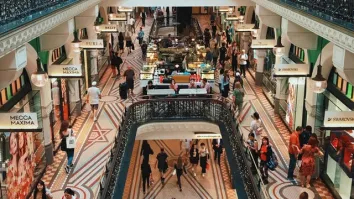
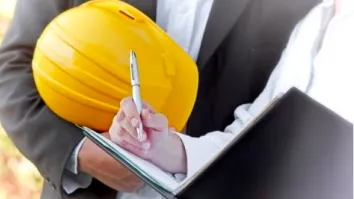
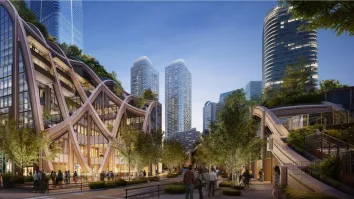


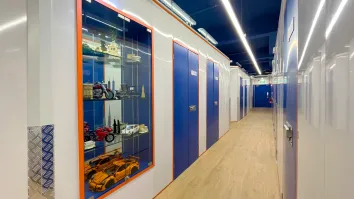




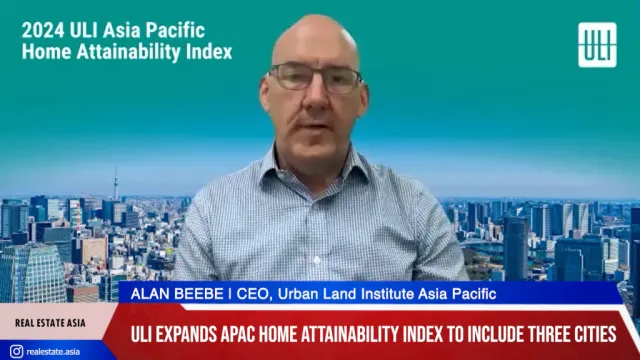

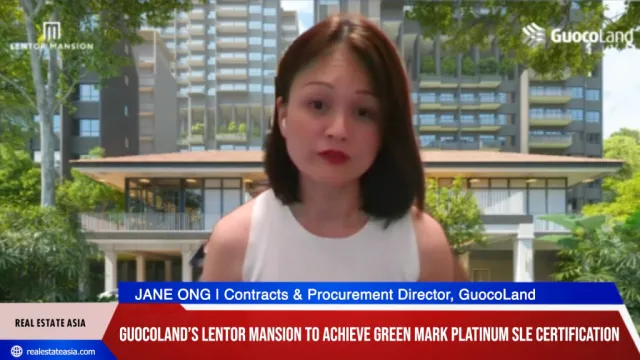

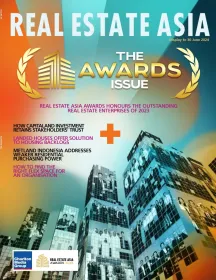
 Advertise
Advertise






